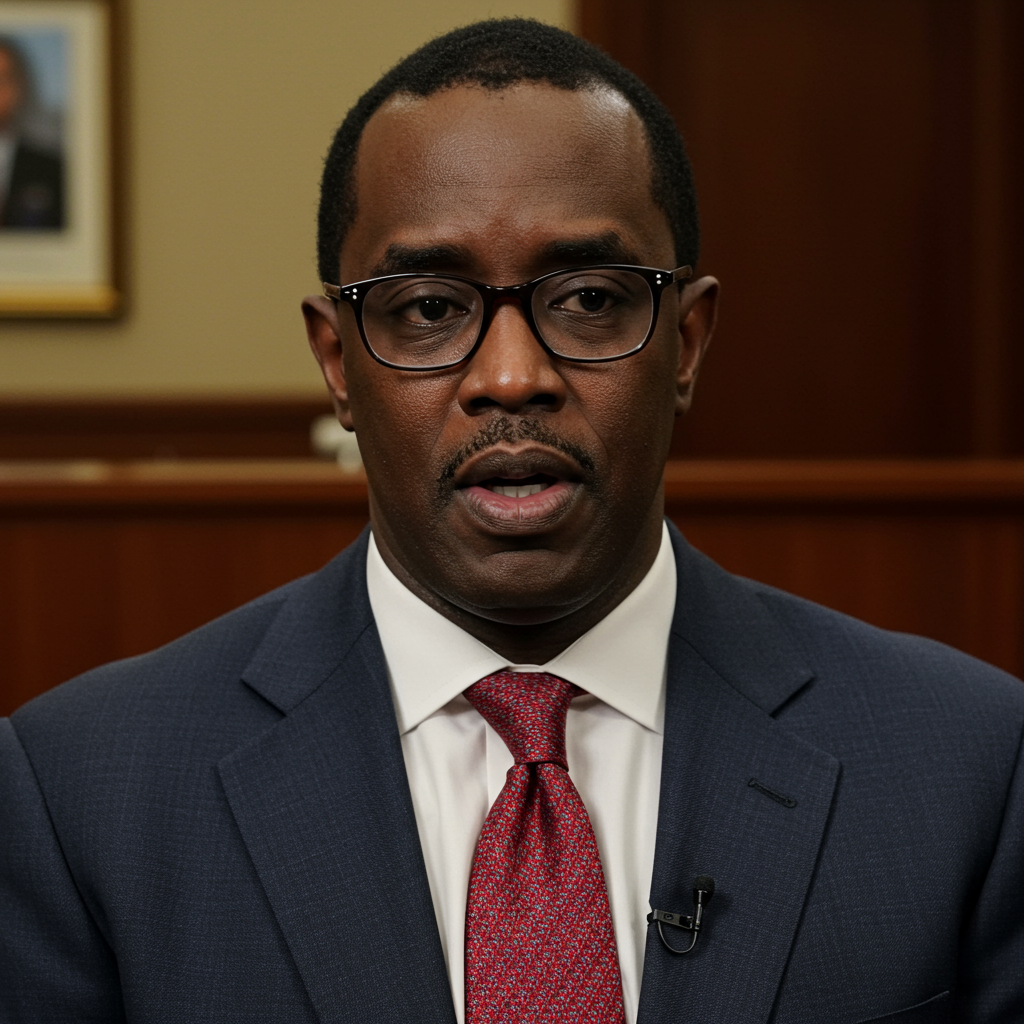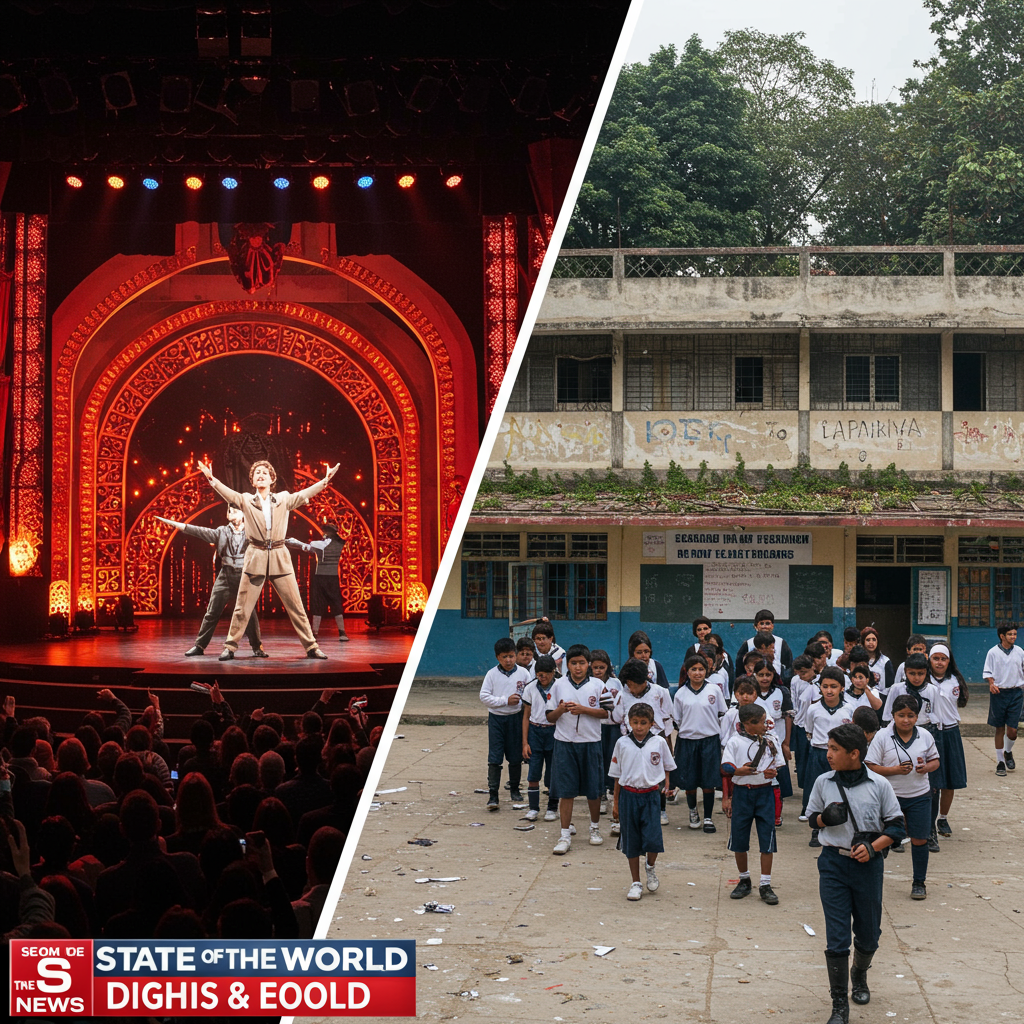A recent sexual misconduct accusation against filmmaker tyler perry has thrust a long-simmering debate about his production methods and workplace conditions back into the spotlight. While the lawsuit itself contains serious allegations (which Perry denies), it also highlights concerns about labor practices at Tyler Perry Studios (TPS) that have circulated within the industry for years. A detailed report from The Hollywood Reporter examines this complex environment, revealing insights into Perry’s approach to filmmaking – an approach often characterized by speed, cost-efficiency, and reported clashes with traditional industry norms.
The Lawsuit and Echoing Criticisms
Actor Derek Dixon filed the lawsuit alleging sexual misconduct. Beyond the central allegations, some of Dixon’s claims, particularly the assertion that he did not report the incident due to an alleged lack of a human resources department at TPS, resonate with existing criticisms. This specific point has drawn attention because it touches upon broader questions about workplace structure, support systems, and accountability within the studio’s unique ecosystem. Industry insiders and reports have previously touched upon concerns regarding dispute resolution and worker protections, adding weight to the idea that the lawsuit is bringing existing issues to the forefront.
Inside Tyler Perry Studios’ Rapid Production Pace
Tyler Perry is widely known for his prolific output and remarkably fast production schedules. The Hollywood Reporter piece underscores this, noting criticisms that this rapid pace may come at the expense of standard industry practices. For instance, his recent film, Straw (starring Taraji P. Henson), was reportedly shot in just four days. A Fall From Grace, another project, wrapped in a mere five days. These timelines are significantly shorter than typical Hollywood feature film shoots, which often span several weeks or even months depending on scale.
Sources cited in the report paint a vivid picture of the intensity. A veteran crew member who worked on TPS productions stated that on a feature, shooting could involve completing eight pages of script per day. This is reportedly four times the standard rate expected on many comparable productions. For television shows, the pace was described as even more extreme, potentially reaching 25 pages daily. An insider characterized the speed as “insane.” The report refers to these shooting days as “long and punishing even by industry standards,” suggesting the demanding schedules go beyond the typical rigors of film production.
Clashes with Unions and Industry Isolation
Tyler Perry’s relationship with labor unions has been contentious over the years. The THR report highlights repeated clashes, illustrating a pattern of disagreement with established collective bargaining bodies that represent actors, writers, and crew members. A significant example is his standing with Actors’ Equity Association (Equity), the union representing stage actors and stage managers. He remains on Equity’s “Do Not Work” list. This designation followed his decision to cast only non-union actors in his 2018 stage play, Madea On The Run, a move that drew considerable criticism from the union and its members.
Entertainment labor scholar Kate Fortmueller, a professor at Georgia State University in Atlanta (the location of Tyler Perry Studios), describes TPS productions as something of “a closed universe.” She notes that working at TPS is not typically seen as a direct pathway into projects produced by major studios or streaming platforms within the broader Hollywood ecosystem. “It’s not likely going to be an entrée to working on a Marvel show,” Fortmueller explained. “You don’t bounce from there to Stranger Things—or the reverse. Those are different worlds.” This suggests a potential disconnect between the experience gained at TPS and the requirements or networks necessary to work on other large-scale productions, potentially limiting career mobility for those who work primarily within the studio.
The Rising Influence of AI in Production
Perry’s forward-looking vision also incorporates advanced technology, particularly generative AI, which he sees as a tool to further reduce production costs. He has publicly discussed using AI to significantly cut down on the time and expense associated with traditional makeup, stating it saves him “hours.” This move has clear implications for makeup artists and other technical roles. His interest in AI’s cost-saving potential is so strong that he reportedly paused an $800 million expansion of his studio facilities. The hope is that AI tools will eventually diminish the need for some physical production spaces, raising questions about the future of traditional sound stages and workshops.
The integration of AI in creative industries is a rapidly evolving area, prompting widespread discussion about job displacement and the changing nature of work. Perry’s embrace of this technology reflects a broader trend towards automation in filmmaking, but his specific application – seemingly aimed at reducing labor costs for roles like makeup – is a tangible example of AI’s potential impact on specific crafts within the industry.
A Complex Legacy: Financial Recognition vs. Production Standards
The perception of Tyler Perry within Hollywood is multifaceted. He is praised by many actors, including prominent figures like Taraji P. Henson, for providing opportunities and financial recognition, particularly for Black performers, in a wider Hollywood system that has historically underserved them. Perry has created a space and consistent work for many talents who might otherwise struggle to find roles.
However, this positive aspect is often juxtaposed with criticisms regarding his production methods. The THR report and other accounts suggest he achieves his prolific output and ability to pay certain actors well by largely eschewing traditional collaborations with writers’ rooms and operating productions below standard industry norms regarding pace, hours, and union agreements. The current sexual harassment lawsuit, by bringing renewed scrutiny to the TPS environment, forces a re-evaluation of this complex legacy and whether his powerful supporters will continue to stand by him amid such serious allegations. Perry has denied the allegations in the lawsuit. The situation underscores the ongoing tension between creative vision, business efficiency, and the well-being and fair treatment of the labor force that brings these projects to life.
Frequently Asked Questions
What specific labor practices are criticized at Tyler Perry Studios?
Criticisms highlighted in recent reports often center on the demanding production pace, with unusually high numbers of script pages reportedly shot per day compared to industry standards. There are also reports of long and difficult working hours. Tyler Perry has a documented history of conflict with labor unions, including being on the Actors’ Equity “Do Not Work” list after using non-union actors for a stage play. Claims within a recent lawsuit also raise questions about workplace structures like the presence (or alleged absence) of a Human Resources department.
Where can I find more details about the Tyler Perry lawsuit or workplace report?
The recent discussions surrounding the lawsuit and Tyler Perry’s labor practices were significantly informed by a detailed report published by The Hollywood Reporter. This report includes accounts from crew members and analysis from industry experts and scholars. To get the most comprehensive understanding of the specific claims within the lawsuit and the broader context of the studio’s reported workplace conditions, consulting this report is recommended.
What does Tyler Perry’s use of AI mean for film industry jobs?
Tyler Perry has publicly stated his interest in using generative AI to streamline production and reduce costs, specifically mentioning its use to save time and expense related to makeup. He even paused an $800 million studio expansion, suggesting AI tools might reduce the need for extensive physical space. While AI can offer efficiencies, its adoption, as demonstrated by Perry’s example, raises concerns about potential job displacement for roles like makeup artists and other technical and craftspeople within the film and television industries. It reflects a broader industry trend exploring AI’s impact on creative labor.
Word Count Check: 1015 words



